Occupational Safety Training for Operating Wheel Loader
99,000 ₫
Note: The above price is calculated for one person and may fluctuate depending on the number of participants in the course and market dynamics. For more accurate pricing support, please refer to the pricing table or contact our consulting staff directly.
Occupational safety is an important issue when operating a wheel loader and needs to be addressed promptly to ensure the health and safety of workers and enhance the reputation of businesses here. The Occupational Safety Training course is one of the effective solutions to raise awareness of how to prevent workplace accidents for workers when operating a wheel loader.
Table of Contents
Toggle1. Overview of Wheel Loaders
a. What is a Wheel Loader?
A wheel loader is a type of construction machine used for scooping and transporting soil, rocks, and other loose materials. The machine has a large bucket attached to a hydraulic boom. The boom can be raised and lowered to scoop materials, and the bucket can tilt to dump the materials onto other transport equipment or storage areas.
Wheel loaders come in various sizes and capacities depending on specific applications. Smaller machines may be used in small construction projects, while larger machines are used in major construction or mining projects. Wheel loaders are versatile and efficient construction equipment used in many different applications.

b. Operating Principle of Wheel Loaders
The operating principle of a wheel loader is based on a hydraulic system. The machine’s diesel engine powers the hydraulic pump, which generates hydraulic pressure to operate hydraulic cylinders. These cylinders are used to lift, lower, and tilt the bucket.
Specifically, the operating cycle of a wheel loader is as follows:
- Lowering the bucket: The operator uses the control lever to lower the bucket to the material position.
- Lifting the bucket: The operator uses the control lever to lift the bucket off the ground.
- Tilting the bucket: The operator uses the control lever to tilt the bucket to dump the material.
- Moving the machine: The operator uses the control lever to move the machine to the dumping location.
- Unloading: The operator uses the control lever to tilt the bucket down and release the material.
The main components of a wheel loader include:
- Diesel engine: Provides power to the hydraulic pump.
- Hydraulic pump: Generates hydraulic pressure to operate the cylinders.
- Hydraulic cylinders: Used to lift, lower, and tilt the bucket.
- Bucket: Used to scoop and transport materials.
- Rotating boom: Used to lift, lower, and tilt the bucket.
- Drive system: Used to move the machine.
- Cabin: Where the operator controls the machine.
Wheel loaders are versatile and efficient construction machines used in many applications. They are highly maneuverable and can operate at high speed, increasing work productivity.

c. Industries Using Wheel Loaders
Wheel loaders are used in various industries, including:
- Construction: Used to scoop soil, rocks, sand, gravel, etc., for construction projects such as roads, bridges, and buildings.
- Mining: Used to scoop ore, coal, and other materials in mines.
- Agriculture: Used to scoop fertilizer, animal feed, etc., on farms.
- Industry: Used to scoop raw materials and products in manufacturing plants.
Some specific applications in each industry include:
- Construction:
- Scooping soil, rocks, sand, and gravel for leveling and foundation work.
- Transporting construction materials such as bricks and concrete.
- Handling waste and debris.
- Mining:
- Scooping ore and coal for transport to processing plants.
- Transporting explosives and fuel.
- Leveling soil and preparing mining sites.
- Agriculture:
- Scooping fertilizer, animal feed, etc., for crops and livestock.
- Transporting agricultural materials like straw and hay.
- Handling agricultural waste such as manure.
- Industry:
- Scooping raw materials and products for production lines and warehouses.
- Transporting waste and debris.
- Handling construction materials like bricks and concrete.
Wheel loaders are versatile and efficient construction machines with high maneuverability and productivity.
2. Overview of Safety Training for Wheel Loader Operation
a. What is Labor Safety Training?
- Labor safety training for wheel loader operation equips workers with knowledge on preventing workplace accidents. Those who directly operate wheel loaders belong to Group 3.
- Safety training helps workers recognize and prevent hazards, reducing the risk of workplace accidents.
REGISTER FOR LABOR SAFETY TRAINING SERVICE
b. Training Duration
Initial safety training duration:
- Total training time is at least 24 hours, including testing.
- 8 hours theory on policies and labor safety laws
- 8 hours theory on basic occupational safety knowledge
- 4 hours theory on specialized training content
- 2 hours practical training on specialized content
- 2 hours final theoretical exam
The training center schedules sessions according to workers’ availability, usually 6 sessions over 3 days if the company allows continuous training.
Periodic safety training duration:
- Before the labor safety card expires, workers must complete periodic labor safety training, with duration at least 50% of the initial training time.
Explanation: Total periodic safety training is at least 12 hours, including testing. Upon completion and passing the exam, the worker’s labor safety card will be renewed.
c. Training Content
| No. | TRAINING CONTENT | TRAINING TIME (HOURS) | |||
| Total | Breakdown | ||||
| Theory | Practice | Exam | |||
| I | Policies and labor safety laws | 8 | 8 | 0 | 0 |
| 1 | Overview of labor safety legal documents. | 6 | 6 | ||
| 2 | Standards and technical regulations on labor safety and hygiene. | 1 | 1 | ||
| 3 | Specific regulations by state authorities on safety when constructing or using equipment, materials, and hazardous substances. | 1 | 1 | ||
| II | Basic knowledge of occupational safety | 8 | 8 | 0 | 0 |
| 1 | Basic knowledge of hazards in the workplace. | 4 | 4 | ||
| 2 | Methods to improve working conditions. | 1 | 1 | ||
| 3 | Safety culture in business and production. | 1 | 1 | ||
| 4 | Rights and duties of employers and employees; labor safety policies; roles of safety officers. | 1 | 1 | ||
| 5 | Safety rules, signage, use of personal protective equipment, first aid, and occupational disease prevention. | 1 | 1 | ||
| III | Specialized training content | 6 | 4 | 2 | 0 |
| Comprehensive knowledge of machines, hazardous substances, risk assessment, and safe working procedures. | 6 | 4 | 2 | ||
| IV | Final safety training assessment | 2 | 2 | 0 | 0 |
| Total | 24 | 22 | 2 | ||
See more training content for all 6 groups
d. Labor Safety Card
Upon completing the labor safety training and passing the exam, workers are issued a labor safety card (commonly called Group 3 safety certificate).
The card shows the worker’s name, birth date, job, and work environment, along with training duration, red seal, and signature confirming course completion.
According to Article 24, Clause 2 of Decree 44/2016/ND-CP, there are two cases:
- If there is an employment contract between the employer and employee, the employer must sign and stamp the card after the employee completes the training and passes the exam.
- If the worker is freelance or temporary without a contract, the training unit must sign and stamp the card after the worker completes the course and passes the exam.

3. Hazards When Operating a Wheel Loader
A wheel loader is a bulky and powerful construction machine that can pose many hazards if not operated properly. Here are some common hazards when operating a wheel loader:
- Tip-over: A wheel loader can tip over if not operated properly, especially on sloped or uneven terrain.
- Collision: A wheel loader may collide with people or objects, causing injury or damage.
- Injury from falling objects: Materials from the bucket may fall and injure people or damage objects.
- Electric shock: If the wheel loader comes into contact with power lines, the operator may be electrocuted.
- Burns: The hydraulic system of a wheel loader may leak and cause burns.

4. Measures to Control Workplace Accidents When Operating a Wheel Loader
A wheel loader is a bulky and powerful construction machine that can pose many hazards if not operated properly. Workplace accidents when operating a wheel loader can cause serious injuries or fatalities.
To control workplace accidents when operating a wheel loader, the following measures should be implemented:
-
Training and instruction: Wheel loader operators must receive proper training on safe machine operation. The training should include knowledge and skills about:
- Hazards when operating a wheel loader
- Safety procedures when operating the machine
- How to use personal protective equipment (PPE)
-
Safety procedures: Safety procedures must be established and applied when operating a wheel loader. These procedures should include measures to minimize hazards such as:
- Inspecting the machine before operation
- Using PPE
- Never operating the machine at high speed on rough terrain
- Never raising the bucket too high or with excessive load
- Never loading materials too close to people or objects
- Turn off the machine when not in use
-
Machine inspection and maintenance: Wheel loaders should be inspected and maintained regularly to ensure safe operation.
-
Compliance with regulations: Workplace safety regulations must be followed when operating a wheel loader.
- Periodic inspection of wheel loaders to detect safety issues early, such as wear, mechanical failures, or malfunctions, thereby reducing the risk of workplace accidents.
5. Benefits of Occupational Safety Training
An Toàn Nam Việt provides the following benefits to enterprises after completing occupational safety training courses according to Decree 44/2016/ND – CP on occupational health and safety for companies, factories, and enterprises.
- Workers can recognize potential risks of workplace accidents and take preventive measures to avoid incidents.
- Enterprises can establish risk prevention measures in production, operation, and maintenance processes.
- Reduce costs associated with workplace safety hazards.
- Uninterrupted production improves labor productivity and product quality.
- Compliance with labor safety laws to avoid legal risks.
- Enhances reputation and professionalism, thereby elevating the brand of the enterprise.
Nam Viet’s training courses are a solution to protect individuals from external hazards that could lead to injury or, in severe cases, death.
REGISTER FOR OCCUPATIONAL SAFETY TRAINING SERVICE
6. Customer Feedback After Completing the Training
An Toàn Nam Việt has years of experience accompanying many enterprises across Vietnam, especially in the southern provinces. This responsibility is invaluable to Nam Viet, which is why its Occupational Safety Training is increasingly professional. The growth of An Toàn Nam Việt comes from both positive feedback and suggestions from clients. Below are testimonials from our partners.
See more customer interviews after using An Toàn Nam Việt’s services
7. An Toàn Nam Việt’s Occupational Safety Training Capacity
An Toàn Nam Việt is a reputable and high-quality occupational safety training center in Vietnam. Training sessions are conducted continuously at production workshops, factories, or construction sites across the country (all 63 provinces in Vietnam).
REGISTER FOR OCCUPATIONAL SAFETY TRAINING SERVICE
Occupational Safety Training License
- An Toàn Nam Việt has been inspected and certified by the Department of Safety of the Ministry of Labor, Invalids and Social Affairs, confirming its qualification to conduct occupational safety and hygiene training. This further strengthens our capacity in occupational safety training.

Materials and Lessons
- Before being included in Occupational Safety Training courses, the materials are reviewed to ensure accuracy and effectiveness.
- Teaching methods are standardized according to An Toàn Nam Việt standards, developed by experts in occupational safety training to maximize knowledge retention.
Facilities
- Control of classroom factors affects training performance and learning effectiveness.
- Our training facilities provide spacious classrooms with standard lighting and training equipment.
8. Nationwide Reputable Occupational Safety Training Center
At An Toàn Nam Việt, we prioritize the professional dedication to occupational safety training. For us, imparting self-protection knowledge to workers equips them with safety tools for their livelihoods and contributes to nation-building.
To ensure effective training, we carefully prepare every detail, from teaching tools, equipment, and curricula to sound and lighting systems.
Our occupational safety trainers are experts with many years of experience. They even have research projects identifying hazards across industries and ways to prevent them.
Lectures are practical, vivid, and easy to understand, helping workers comfortably absorb knowledge. The content strictly follows Decree 44/2016/ND-CP.
This equips workers with hazard prevention measures and self-protection skills applicable in real work situations.
Our training center is proud to offer professional, reputable occupational safety training with advantages:
- Competitive training costs while maintaining high quality.
- Flexible scheduling to match company production needs.
- Fast and compliant certification procedures.
- Experienced trainers with many years in the field.
- Controlled classrooms to maximize teaching efficiency and knowledge retention.
- Curricula tailored to workplace safety in enterprises.
- Dedicated and professional service to support customers efficiently and accurately.

9. Additional Occupational Safety Training Materials
- Occupational Safety Materials for Operating a Wheel Loader
- Occupational Safety Training Material Set
- Occupational Safety Training Test
- Slide Deck for Wheel Loader Safety Training
1 review for Occupational Safety Training for Operating Wheel Loader
No comments yet

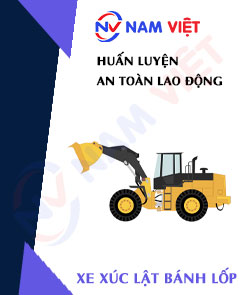
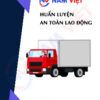
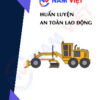



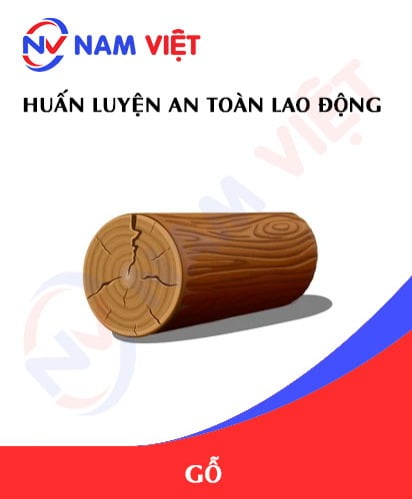
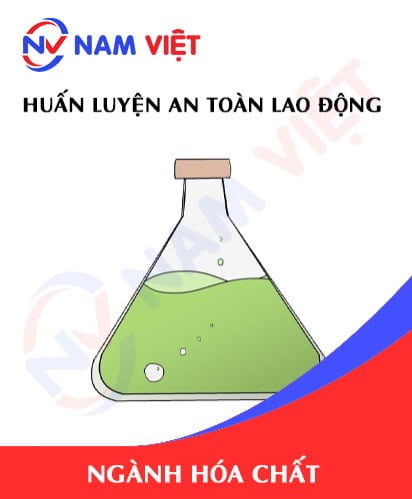

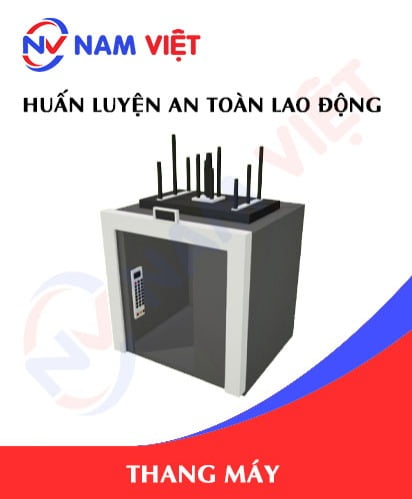
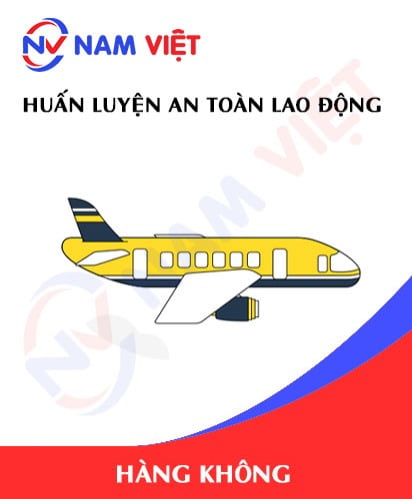

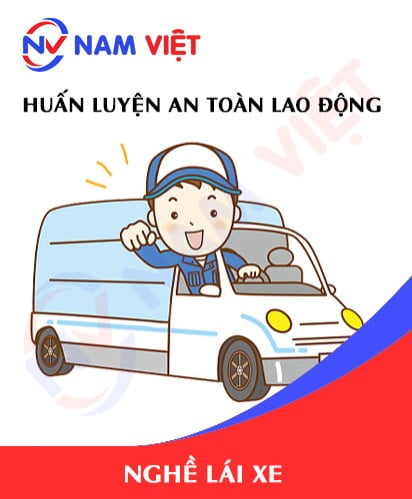
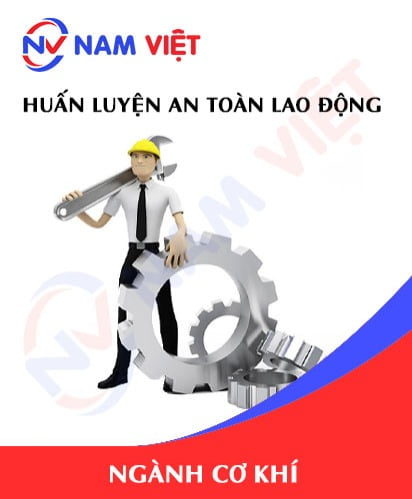
phanminhhang341
Very good occupational safety training service, the instructor teaches very lively and easy to understand!